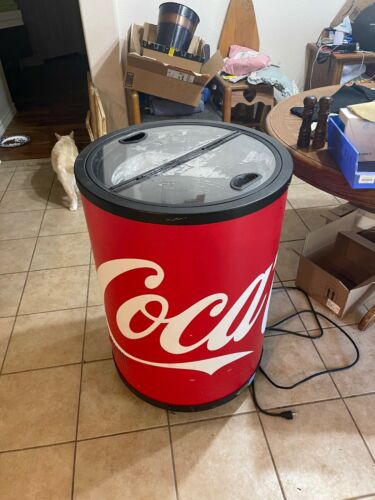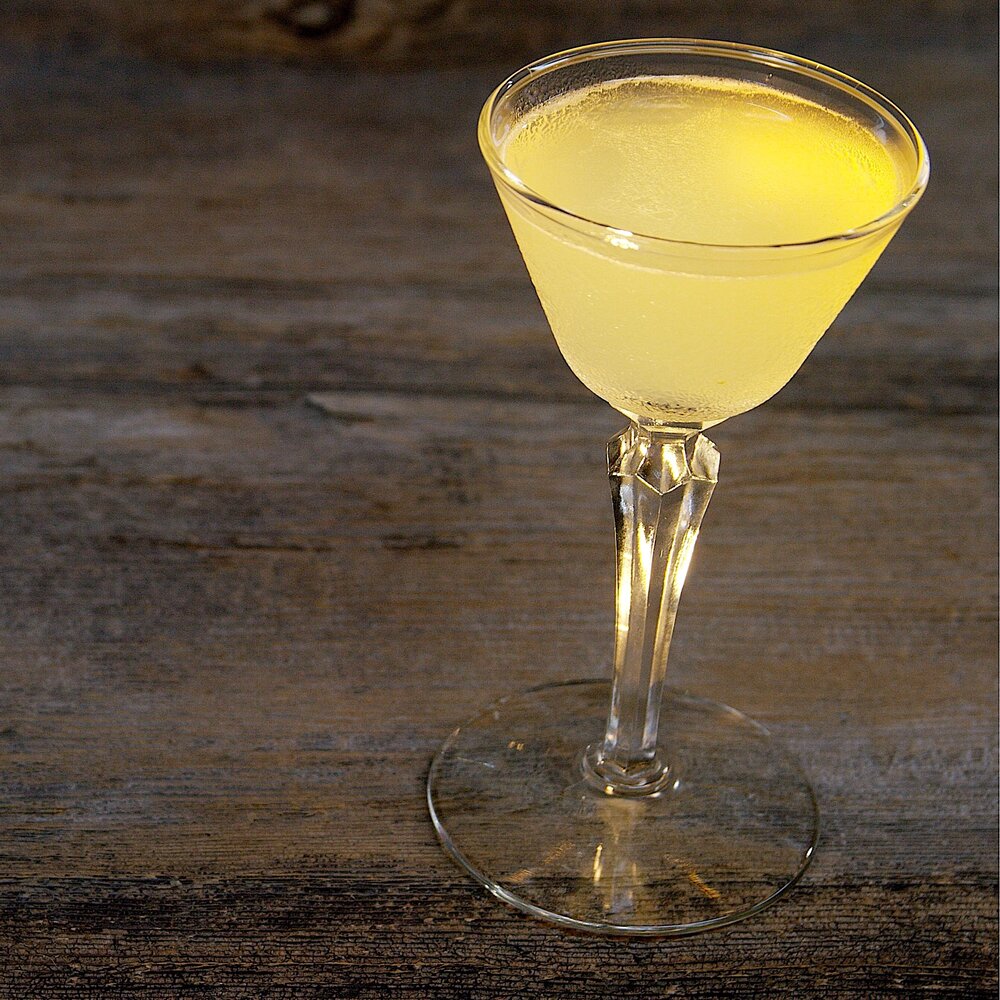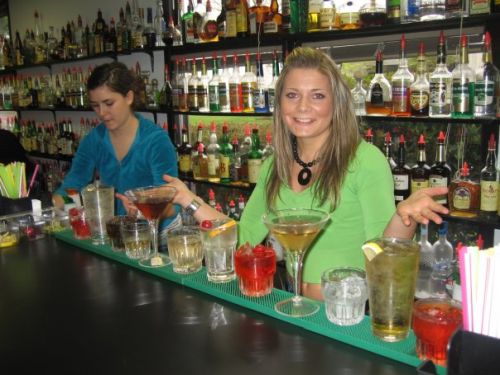
Serving alcohol training can be described as a type or occupational education that is provided to those who serve, buy and consume alcoholic beverages. It is designed to prevent intoxication, drunk driving, and underage drinking. This training is necessary for safety reasons, sanitary conditions, as well as to prevent intoxication.
Legal implications of serving and selling alcohol
In states where alcohol consumption is legal, there are many legal implications for businesses that sell and serve alcohol. Legal issues can be costly and could lead to negative publicity. To ensure compliance, businesses need to thoroughly research the laws in each state. A good starting point is to get an education on alcohol laws.
Businesses that sell or serve alcohol can incur three types of liability. These include criminal liability and civil liability. For the former, you can face fines and probation as well as jail time. Civil liability, on other hand, covers compensation for individuals who were injured as a result of a licensee’s negligence. If you serve alcohol to someone clearly intoxicated, then you could be held responsible for the injuries.

State-specific training
State laws governing alcohol sales and service vary. These laws can often be stricter than federal ones, which makes it important to receive state-specific training in alcohol serving. Some states have mandatory alcohol serving training. Other states offer incentives for licensed service providers to complete the course. State-specific training is a great way to avoid costly lawsuits, and other penalties.
Some states require alcohol certification. This is also known as a license to bartenders. These certifications can reduce the liability of serving establishments and protect the general public. You can avoid costly fines as well as other penalties associated serving alcohol in a non-licensed setting by completing these courses.
Benefits
Proper training in serving alcohol is crucial for both bar owners as bartenders. Proper education will help reduce alcohol-related incidents and keep customers safe. Some states require that people who work in the alcohol industry, such as Texas have completed an alcohol and beverage course. Knowing your rights in serving alcohol is also important. You should also know how to stop customers from getting too drunk.
Responsible alcohol service training will teach you how to serve alcohol responsibly and help you comply with the law. It can help you avoid selling alcohol or to underage people and it will ensure your customers are safe. Additionally, it will give you a good reputation in the community.

The cost of completing a course
TIPS is a program that trains people in selling and serving alcohol. This is an industry-wide program requiring employees to learn responsible alcohol service. This program is designed for employees to recognize the warning signs and symptoms of intoxication. All alcohol-service employees must have the required training.
The program can be accessed online and is entirely free. This interactive training course is provided by the University of Missouri Wellness Resource Center and provides a thorough overview of legal obligations to alcohol servers. This course is recommended to all establishments that serve alcoholic beverages. It can also help you get a discount on your insurance.
FAQ
What is the point of so many different types?
Ice cubes are available in many sizes and shapes. They can cool drinks down and add flavor. Crushed ice is used for making daiquiris, and cubed is used to create margaritas.
Why is it that people call a cocktail "a martini?"
When Americans consumed more alcoholic drinks in the early 1900s they called every alcohol-containing drink a "martini". The term became synonymous with a type of martini made with dry vermouth, rather than sweet vermouth.
Do you need special equipment to make cocktails?
Not at all. You only need to have a couple of things:
-
Glasses
-
Strainer
-
Lid
-
Cocktail shaker
-
Cutting board
-
Knife
-
Measuring cups and spoons
-
Jigger
-
Tongue depressors
-
Stirring sticks
-
Lemon wedge
-
Sugar cube
-
Salt
-
Pepper
-
Ice cubes
-
Ice
-
Water
-
Alcohol
-
Wine
-
Beer
-
Soda water
What kind of ice do bartenders use in their drinks?
According to the type and style of the drink, bartenders may use different types of Ice. Cubed ice is best for most drinks; crushed ice works well for shakes, and other non-carbonated drinks.
What cocktail is the best?
Fresh ingredients are the best way to make great cocktails. They should be interesting in taste and well-balanced.
It is important to mix quality spirits when making drinks. If you are using cheap vodka, you might as well drink water.
What makes a martini so delicious?
A martini can be described as the ultimate cocktail. This drink is the easiest, but it has the best flavor. It's equal parts gin- and vermouth.
Gin is made from fermented Juniper berries. It's known for its refreshingly smooth taste. Vermouth, a fortified wine made with herbs like wormwood (or gentian), is called vermouth. Combining these two liquids gives you a wonderful combination of sweet and tart flavors.
Statistics
- According to a post on Quora, the average bartender can make upward of 140 drinks per hour. (gloworder.com)
- American blended whiskeys are so inexpensive because they only have to contain 20 percent whiskey; the rest can be made up of neutral grain spirits, colorings, and flavorings. (mashed.com)
- majority of pineapple juice and Malibu rum is only 21% alcohol content. (breakingtheboredom.com)
- its content makes it 10.5%, which is far less than wine. (breakingtheboredom.com)
External Links
How To
How to make the perfect Margarita home
The most common cocktail is made from tequila (which comes from agave), Cointreau (a sweet orange liqueur), and fresh lime juice. To enhance the flavor you can add salt or sugar, bitters (or cinnamon sticks), and chocolate syrup.
Here are the steps to making your own.
Ingredients
-
1/2 cup ice cubes
-
3 oz Tequila Blanco
-
1/4 cup Cointreau
-
Juice 1 Lime
-
Salt
-
Sugar
-
Sticks of Cinnamon
-
Chocolate syrup
Method
In a shaker, combine all the ingredients. For 10 seconds shake vigorously, and then pour the mixture into a glass. Add a slice of lime to garnish, if desired.
This recipe can also serve as a template for alcohols other than:
-
Whiskey Sour
-
Daiquiri
-
Manhattan
-
White Russian
-
Brandy Alexanders
-
Gin & Tonics
-
Sidecars
-
Collins
-
Scotch & Soda
-
Margaritas